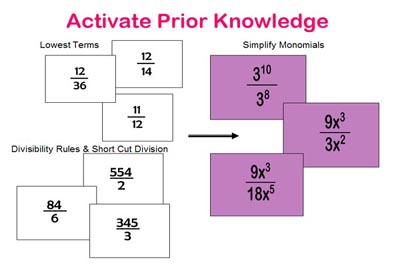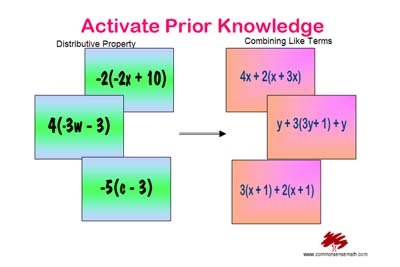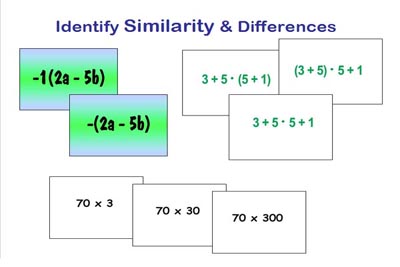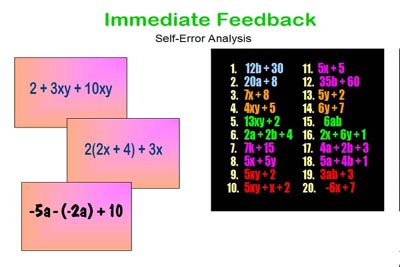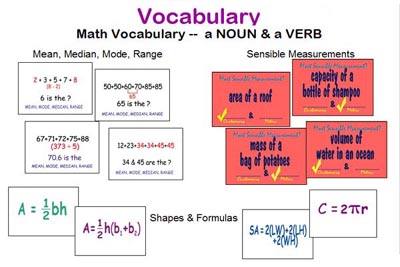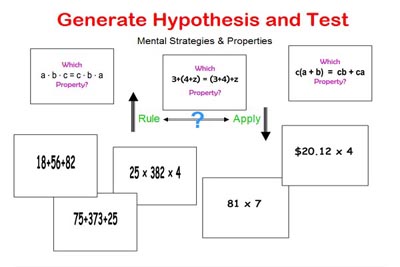|
Marzano's "Nine"
1) Identify Similarities & Differences
2) Summarize & Take Notes
3) Reinforce Effort
4) Assign & Allow Practice
5) Create Visual Representation
6) Use Cooperative Learning
7) Get Immediate Feedback
8) Generate Hypothesis & Test
9) Apply Graphic Organizers & Cues |
Delivery Models*
(see below)
Get Students Participating
Literacy First
State Objective
Activate Prior Knowledge
Student Active Participation
Teacher Input
Identify Student Success
Me-We-Two-You
and other
"Workshop Models"
of lesson structure |
Differentiated Instruction
Something for All Learners
Vary Delivery Styles
Content, Process, Product & Readiness
Break Problems into Parts and Steps
Review for some,
challenge others |
MTSS
Multi-Tiered System of Support
(All, Some, Few)

Communicate between Tiers |
|
Kagan's Strategies
1) Positive Interdependence
(everybody gain)
2) Individual Accountability
(everyone required)
3) Equal Participation
(everyone participating)
4) Simultaneous Interaction
(everyone at once) |
Multiple Intelligences
Visual / Spatial
Verbal / Linguistic
Logical / Mathematical
Bodily / Kinesthetic
Musical / Rhythmic
|
DuFour's Basics
GREAT FOR PLC's
1) What do we want students to know and do?
2) How do we know they know it?
3) What do we do if they don’t?
4) What do we do if they already know it? |
Ruby Payne's
Main Ideas
Give students tools that
keep them from :
"being taken advantage of "
"being cheated"
"being controlled"
Connect to real-world applications |


